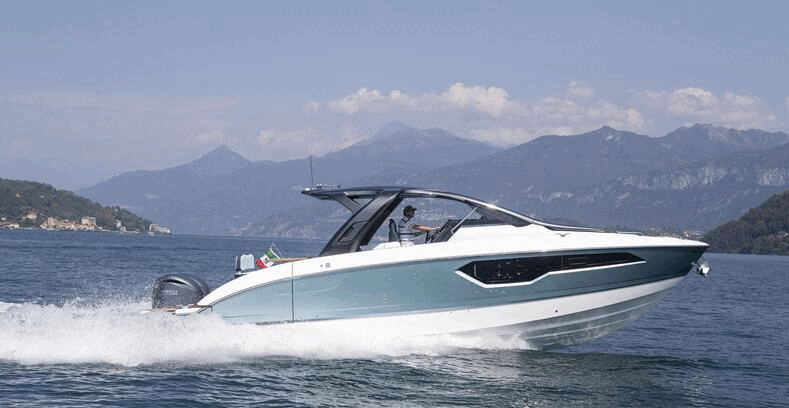The search and competition for more space in super yachts in the 24 to forty meters in size has seen the last five to seven years for ways to use more of what is available, height and beam. Enters at first the semi-wide-body, which is followed with Asymmetric by one super yacht builder.
When Amer launched the Cento in 2013 designed by Massimo Verme it changed how super yachts in this 24 to thirty meters should be, with its integrated semi-wide body giving new spaces to the owners stateroom forward.
Ferretti and Azimut took note of this and in 2017 presented the semi-wide-body 920 by the first, and the Grande 27 Metri for the second, changing the design language, of how super yachts in this size should be. The use of the semi-wide-body forward changed all what came before it. Other builders followed what the Italians did as Princess presented the volume searching X95 in 2020 and Sunseeker presenting the new 100 Yacht this 2022 year. Sanlorenzo answered in its own way with the Asymmetric layout with one side of the yacht becoming a full wide body.
Hatteras was the first to start semi-wide-body and full wide-body solutions on its motor yachts in 1976 with its 48 LRC, followed in other bigger models like the 58 Motor Yacht and Cockpit MY. Other builders took note and in 1986 Italian builder Alfamarine presented the 83 Cronos with a wide body design. Alfamarine and designer Franco Harrauer was an important change factor as it introduced sleekness to the design, which was followed in the smaller sizes by Conam in 1989 with the 48 Chorum.
At some point wide-body was abandoned in yacht design language but in 1996 Gulf Craft Majesty came with its first 86 super yacht, designed by Italian firm Yankee Delta and the wide body returned again in super yachting. Semi wide-body came at the forefront with Benetti's succesful 115 Classic which from 1998 up to 2006 sold in 27 units.
Definitely both styles are here to stay now.




















No comments:
Post a Comment